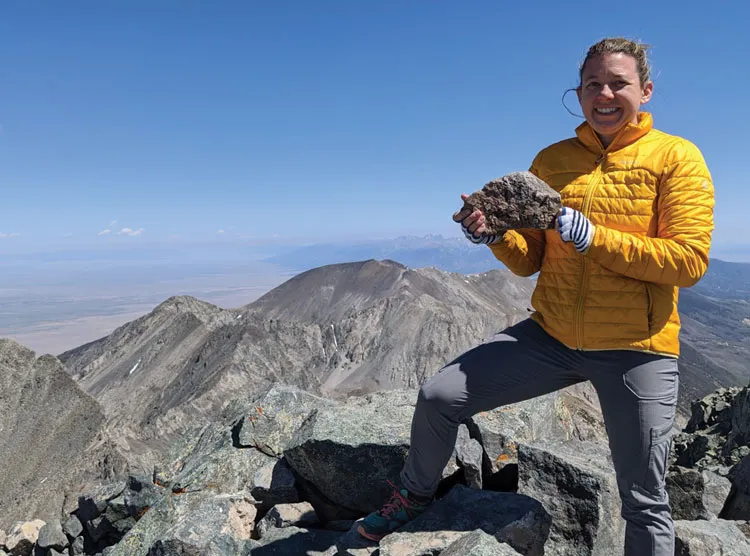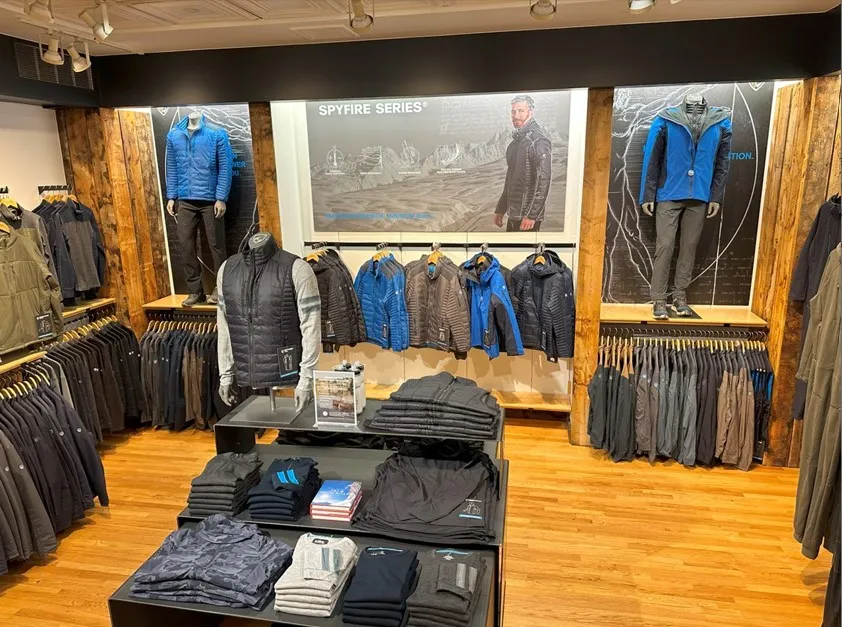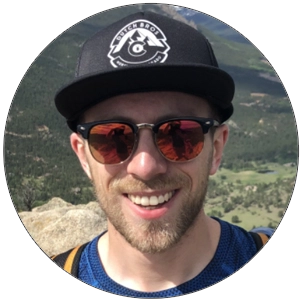For execs, climbing 14ers provides escape, imparts lessons

It was July 2001, about 14,050 feet above sea level on Sunlight Peak, and one block of exposed boulders was all that stood between John Tayer and completing his last Colorado 14er. Tayer started climbing 14ers when he moved to Colorado in the late 1980s for law school, and this one was all he needed to have climbed them all. Sunlight Peak — along with its neighbors Windom Peak and Mount Eolus — is perhaps the state’s most remote 14er, hidden in the wild Chicago Basin and accessible only by train or long backpacking trip.
Tayer, the president and CEO of…
THIS ARTICLE IS FOR SUBSCRIBERS ONLY
Continue reading for less than $3 per week!
Get a month of award-winning local business news, trends and insights
Access award-winning content today!



